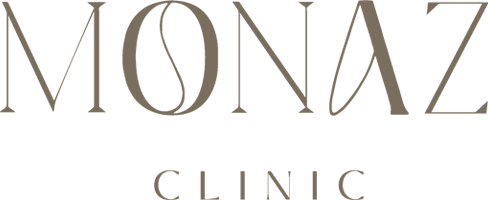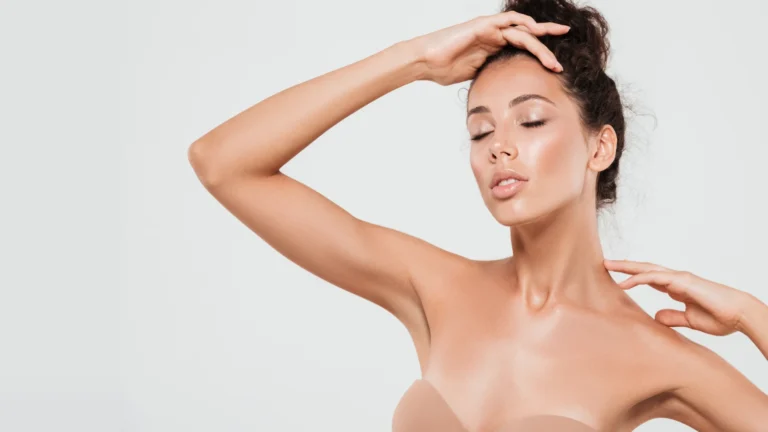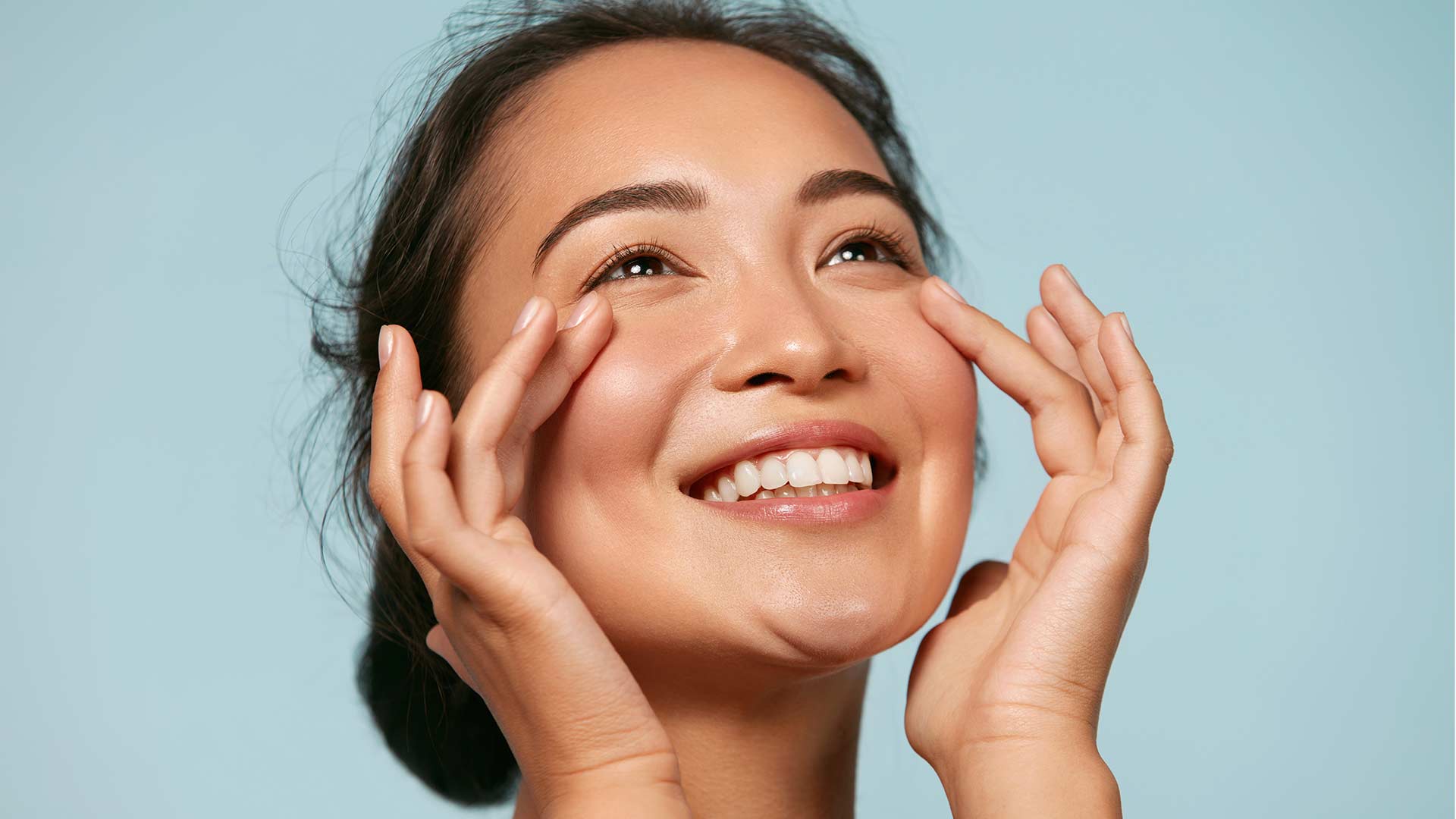Learn how to get rid of 11 lines on forehead naturally through a step-by-step process for a smoother, youthful appearance.
Forehead lines can sneak up on anyone, whether you are in your twenties or fifties. Most people rush to expensive creams or harsh treatments hoping for a quick fix. Yet not all forehead lines are created equal and their causes are far more personal than you might think. Sometimes, your best bet for smoother skin starts with a mirror and a closer look at your own unique skin story.
Table of Contents
- Step 1: Assess Your Forehead Lines And Skin Type
- Step 2: Choose Effective Natural Remedies
- Step 3: Create A Consistent Skincare Routine
- Step 4: Incorporate Facial Exercises
- Step 5: Monitor Progress And Adjust Routine
Quick Summary
| Key Point | Explanation |
|---|---|
| 1. Assess forehead lines and skin type | Identify whether lines are static or dynamic and understand your skin’s condition for effective treatment. |
| 2. Select targeted natural remedies | Choose ingredients that boost collagen and hydrate skin, tailored to your forehead line characteristics. |
| 3. Create a consistent skincare routine | Establish a daily regimen with cleansing, hydrating, and protection steps for natural line reduction. |
| 4. Incorporate facial exercises | Practice gentle exercises daily to strengthen muscles, enhance skin elasticity, and reduce lines effectively. |
| 5. Monitor progress and adjust routine | Document changes in skin condition and adapt your routine accordingly to ensure ongoing effectiveness. |
Step 1: Assess Your Forehead Lines and Skin Type
Understanding your unique forehead lines and skin characteristics is the critical first step in developing an effective natural treatment strategy. Forehead lines develop through complex interactions between muscle movement, skin elasticity, and underlying facial anatomy. Not all forehead lines are created equal, and recognizing your specific line pattern will determine the most appropriate natural intervention.
Begin by performing a thorough visual and tactile examination of your forehead in bright, natural light. Use a clean mirror positioned at eye level, allowing you to observe horizontal lines from multiple angles. Focus on identifying whether your lines are static (present even when your face is relaxed) or dynamic (appearing only during facial expressions). Our guide on building a personalized skincare routine can provide additional insights into understanding your skin’s unique characteristics.
To accurately assess your skin type and line formation, consider these key diagnostic elements:
- Skin Texture: Evaluate smoothness, hydration levels, and overall elasticity
- Line Depth: Measure the prominence and permanence of horizontal forehead lines
- Muscle Movement: Observe how your frontalis muscle contracts during facial expressions
A detailed assessment requires careful observation and potentially professional consultation. According to research involving ultrasound imaging of facial tissues, forehead line characteristics are intimately connected with underlying muscle and tissue structure. This means your natural treatment approach must be tailored to your specific anatomical profile.
Pay special attention to factors that might accelerate line formation, such as sun exposure, stress levels, genetic predisposition, and lifestyle habits. Skin hydration, collagen production, and muscle tension all play significant roles in how and when forehead lines develop. The goal of this initial assessment is not just to identify existing lines but to understand the underlying mechanisms driving their formation.
Successful completion of this step means you have a comprehensive, nuanced understanding of your forehead lines’ unique characteristics. You should be able to describe your line pattern, skin type, and potential contributing factors with clarity and confidence. This foundational knowledge will guide every subsequent natural treatment strategy, ensuring a personalized and effective approach to minimizing those persistent forehead lines.
Step 2: Choose Effective Natural Remedies
Selecting the right natural remedies requires a strategic approach that combines scientific understanding with holistic skin health principles. Natural solutions are not one-size-fits-all, and your chosen remedies must align precisely with the forehead line characteristics you identified in the previous assessment. The goal is to develop a targeted intervention that supports skin regeneration and prevents further line formation.
Your natural remedy strategy should focus on ingredients that enhance collagen production, improve skin elasticity, and provide deep hydration. According to research examining botanical extracts, certain plant-based compounds demonstrate significant potential in reducing skin wrinkling and supporting cellular repair. Look for ingredients like hyaluronic acid, vitamin E, aloe vera, and natural antioxidants that can penetrate deep into the skin layers.
Key natural ingredients to consider include:
- Hyaluronic Acid: Attracts and retains moisture, plumping skin from within
- Vitamin C: Supports collagen synthesis and provides antioxidant protection
- Rosehip Oil: Rich in essential fatty acids that promote skin regeneration
- Aloe Vera: Provides intense hydration and supports skin healing
Developing an effective natural remedy routine requires more than simply purchasing products. You must create a consistent application method that allows these ingredients to work synergistically. Start by patch testing each new ingredient to ensure no adverse reactions. Apply treatments in thin layers, gently massaging them into clean, slightly damp skin to maximize absorption.
Consider creating a multi-step approach that combines topical treatments with internal support. Hydration, diet, and lifestyle play crucial roles in skin health. Increase your water intake, consume foods rich in omega-3 fatty acids, and minimize exposure to environmental stressors that can accelerate line formation.
Here is a comparison table to help you understand which natural ingredients are best suited for targeting forehead lines, along with their key functions and benefits.
| Ingredient | Key Function | Main Benefit |
|---|---|---|
| Hyaluronic Acid | Moisture retention | Plumps skin, reduces line depth |
| Vitamin C | Collagen synthesis, antioxidant | Boosts elasticity, protects skin |
| Rosehip Oil | Skin regeneration | Repairs and nourishes skin |
| Aloe Vera | Intense hydration, healing | Soothes and hydrates, supports repair |
| Vitamin E | Antioxidant, skin barrier support | Fights free radicals, preserves moisture |
| Your skin’s health is a reflection of overall wellness, so a holistic approach will yield the most sustainable results. |
Verify the effectiveness of your chosen remedies by maintaining a detailed skin journal. Document daily application, track changes in line depth and skin texture, and be patient. Natural remedies work gradually, often requiring 4-6 weeks of consistent application to show measurable improvements.
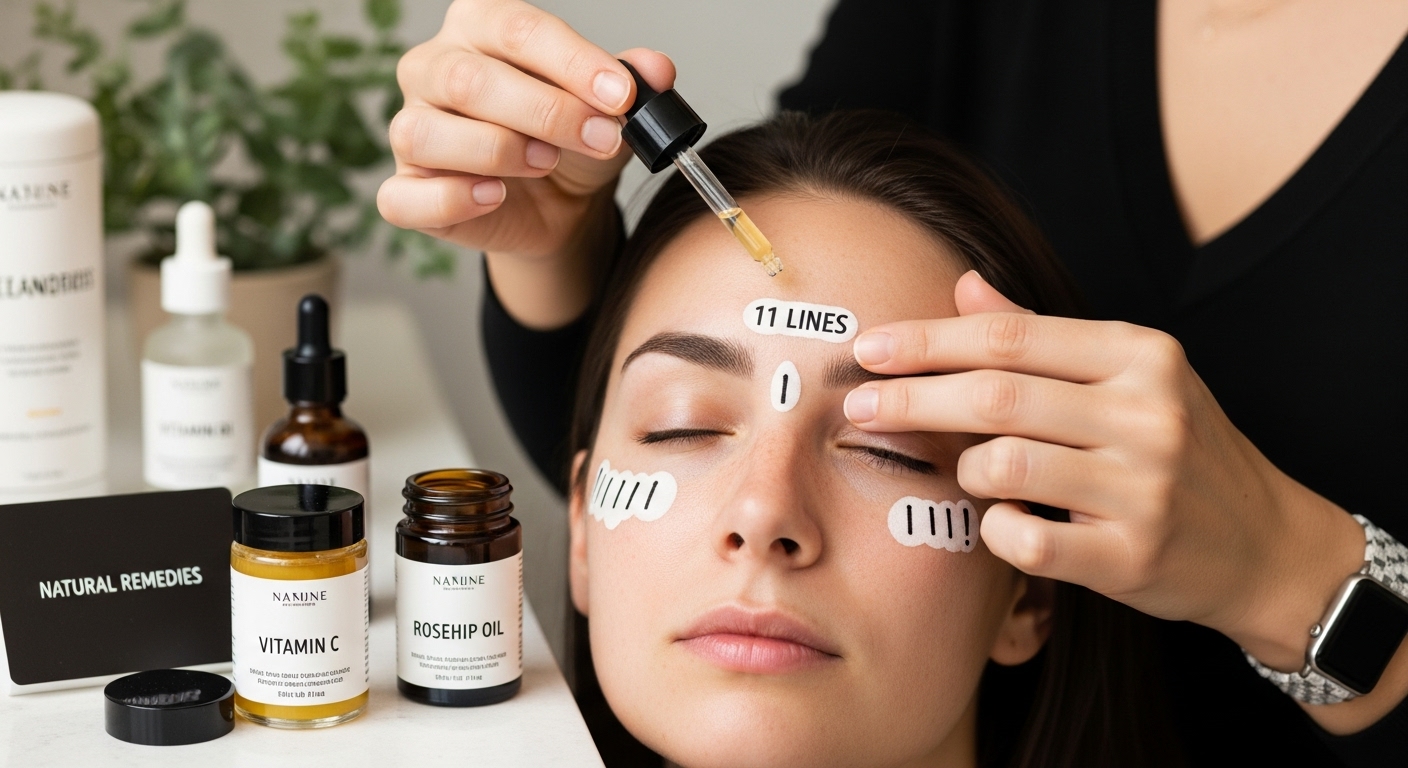 Take close-up photographs under consistent lighting to objectively monitor your progress and adjust your approach as needed.
Take close-up photographs under consistent lighting to objectively monitor your progress and adjust your approach as needed.
Step 3: Create a Consistent Skincare Routine
Designing a consistent skincare routine is the foundation of managing and reducing forehead lines naturally. Consistency is more important than complexity, and your routine must be sustainable, tailored to your specific skin type, and easy to maintain daily. Explore our guide to building a personalized skincare routine for comprehensive insights into creating an effective regimen.
Your daily routine should encompass three fundamental stages: cleansing, treatment, and protection. Begin with a gentle, pH-balanced cleanser that removes impurities without stripping your skin’s natural oils. Avoid harsh scrubbing or hot water, which can damage the delicate skin barrier and exacerbate line formation. Instead, use lukewarm water and apply cleanser with soft, circular motions, focusing on gentle yet thorough removal of environmental pollutants.
Key components of an effective morning and evening routine include:
- Gentle Cleansing: Remove dirt and excess oil without disrupting skin barrier
- Hydrating Treatment: Apply serums with hyaluronic acid and antioxidants
- Moisturizing: Lock in hydration with a non-comedogenic cream
- Sun Protection: Use broad-spectrum SPF to prevent further skin damage
According to dermatological research on skincare routines, protecting your skin from ultraviolet radiation and maintaining consistent hydration are crucial in managing facial lines. Layer your products strategically, starting with the thinnest formulations and progressing to thicker creams. This ensures maximum absorption and effectiveness of each product.
Time your routine carefully to support your skin’s natural regeneration processes. Morning routines should focus on protection and hydration, while evening routines prioritize repair and nourishment. Consider incorporating a weekly gentle exfoliation to remove dead skin cells and promote cellular turnover, but be cautious not to over-exfoliate, which can cause irritation.
To verify the success of your routine, maintain a detailed skin journal tracking product usage, skin texture changes, and line visibility. Take consistent photographs under the same lighting conditions every two weeks to objectively monitor progress. Remember that natural line reduction is a gradual process requiring patience and dedication. Your routine should feel like a nurturing self-care ritual, not a burdensome task, ensuring you remain motivated and consistent in your approach.
Step 4: Incorporate Facial Exercises
Facial exercises offer a powerful, natural approach to reducing forehead lines by targeting the underlying muscles and improving skin elasticity. Movement is the key to maintaining muscle tone and skin resilience, making targeted facial exercises an essential component of your natural line reduction strategy. Learn more about complementary facial techniques in our comprehensive guide.
Begin by creating a dedicated 10-15 minute daily practice focused specifically on forehead and facial muscle conditioning. The goal is not aggressive movement but gentle, intentional muscle engagement that promotes circulation, reduces tension, and supports skin elasticity. Warm up your facial muscles by gently massaging your forehead with fingertips, using upward circular motions to stimulate blood flow and prepare the muscles for targeted exercises.
Key facial exercises to address forehead lines include:
- Smooth Forehead Press: Place palms on forehead, apply gentle resistance while raising eyebrows
- Relaxation Technique: Close eyes, breathe deeply, and consciously release forehead tension
- Eyebrow Lift: Raise eyebrows while pressing fingers against them to create controlled resistance
- Massage Circulation: Use light tapping motions to stimulate lymphatic drainage
According to research in the Aesthetic Surgery Journal, facial exercises may help increase muscle thickness and improve overall facial appearance. However, technique and consistency are crucial. Perform each exercise slowly and mindfully, avoiding excessive strain or aggressive movements that could potentially create more tension.
Integrate these exercises into your existing skincare routine, preferably after cleansing when skin is most receptive. Use a lightweight facial oil to reduce friction and provide additional nourishment during the exercises. Pay close attention to your body’s response, stopping immediately if you experience any discomfort or unusual pain.
To verify the effectiveness of your facial exercise routine, maintain a progress journal documenting frequency of practice, subtle changes in skin texture, and line appearance. Take weekly photographs under consistent lighting to objectively track improvements. Remember that natural line reduction is a gradual process requiring patience, consistency, and a holistic approach to skin health. Your facial exercises should feel like a nurturing self-care ritual, not a strenuous workout, ensuring you remain motivated and engaged in your skincare journey.
Step 5: Monitor Progress and Adjust Routine
Tracking your skin’s transformation is as crucial as implementing the natural remedies themselves. Monitoring progress requires a systematic, objective approach that goes beyond casual observations. The goal is to create a comprehensive record of your forehead line reduction journey, enabling you to make informed adjustments to your skincare strategy.
Establish a consistent documentation method by creating a dedicated progress journal. This should include detailed notes about your daily skincare routine, facial exercises, product usage, and observable changes. Invest in a high-quality camera or smartphone with good lighting capabilities to capture standardized photographs. According to research on facial aesthetic monitoring, consistent image capture is fundamental in objectively assessing skin improvements.
Key elements to document in your progress tracking include:
- Photographic Evidence: Front-facing and side-profile images under consistent lighting
- Measurement Metrics: Line depth, skin texture, and overall skin appearance
- Product and Exercise Log: Daily routine details and variations
- Environmental Factors: Stress levels, diet, hydration, and sleep quality
Capture photographs in the same location, using identical lighting conditions and camera angle every two weeks.
This table outlines the essential elements you should track when monitoring your progress for reducing 11 lines on your forehead, helping you stay organized and adjust your routine as needed.
| Tracking Element | What to Record | Why It Matters |
|---|---|---|
| Photographic Evidence | Consistent front/side images | Objectively shows changes over time |
| Measurement Metrics | Line depth, skin texture | Quantifies improvement in appearance |
| Product and Exercise Log | Daily products, exercises | Identifies what works and what doesn’t |
| Environmental Factors | Stress, diet, hydration, sleep | Highlights outside influences on skin |
| Natural light provides the most accurate representation of skin texture and line appearance. Position yourself facing a neutral background, ensuring your face is relaxed and aligned consistently. Consider creating a simple photography setup with marked floor positioning to maintain uniformity. |
Analyze your documentation systematically, looking for subtle changes that might not be immediately apparent. Pay attention to skin hydration, line depth, and overall skin texture. Minor improvements accumulate into significant transformations, so patience and meticulous observation are key.
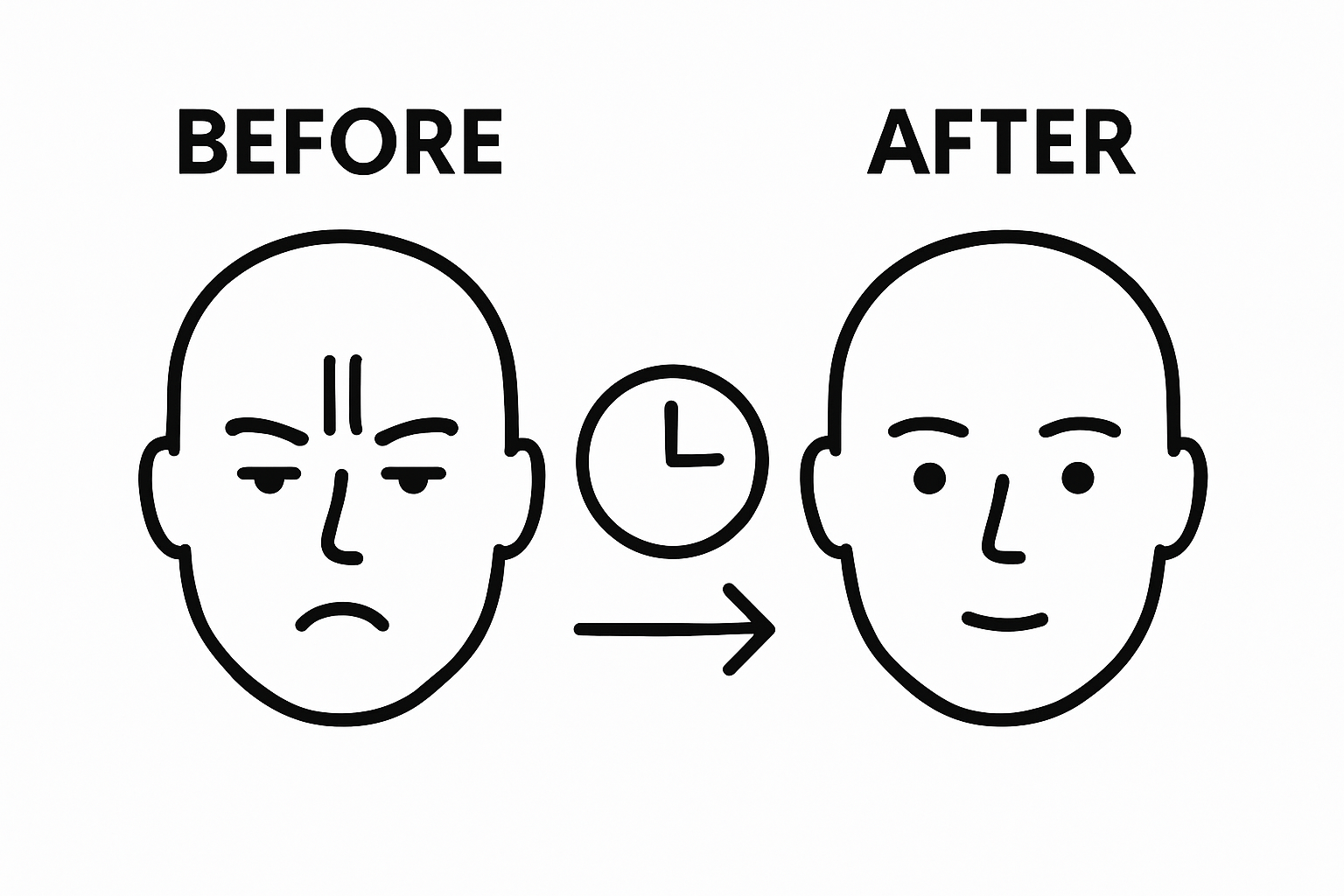 If you’re not seeing desired results after 8-12 weeks, it might be time to consult a skincare professional who can provide personalized insights.
If you’re not seeing desired results after 8-12 weeks, it might be time to consult a skincare professional who can provide personalized insights.
Successful progress monitoring involves flexibility and willingness to adapt. Your skin’s needs will change with seasons, age, and lifestyle factors. Be prepared to modify your routine based on your observations. This might mean adjusting moisturizer intensity, changing facial exercise techniques, or introducing new natural ingredients that target your specific skin concerns. Remember, your skincare journey is deeply personal, and what works for others might not work identically for you.
Reimagine Your Confidence: Target 11 Lines with Expert Support
If you are frustrated with persistent 11 lines on your forehead and searching for proven natural solutions, you are not alone. The article highlights the challenge of identifying the causes of stubborn lines and choosing the right routine for your unique skin type. Many women struggle with static lines, muscle tension, and finding effective remedies that truly work. At Monaz Clinic, we understand how these concerns can impact your confidence and daily wellbeing.
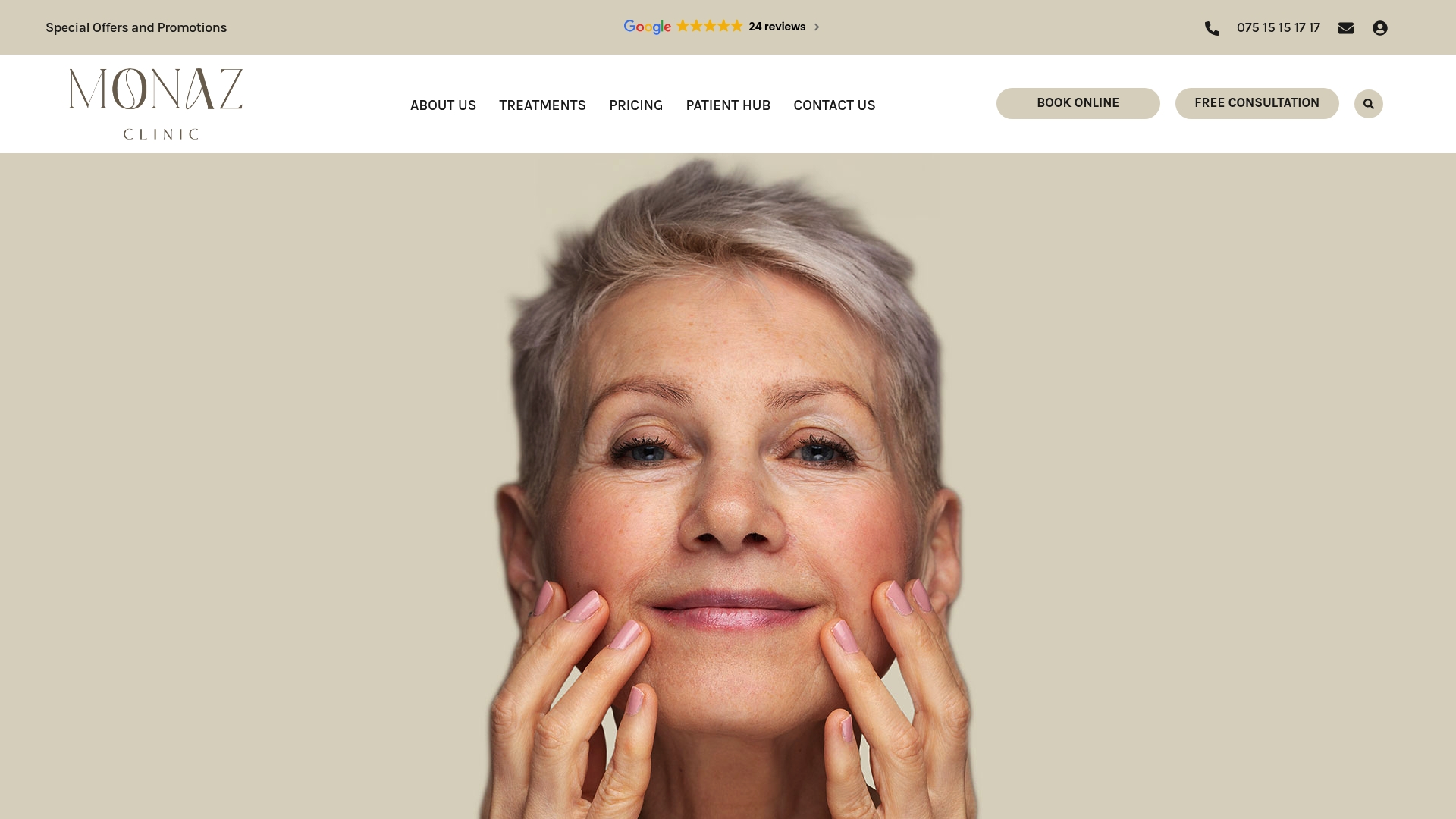
Do not feel limited by home remedies alone. Experience the power of clinically backed facial aesthetics with a personal touch. Our complimentary consultations are designed to help you understand your skin at a deeper level and create a customized approach. Led by Mrs. Mona Zirak and our GMC-registered team, we offer solutions that blend advanced science with your goal of natural-looking results. Explore how professional care at Monaz Clinic can support your journey to visibly smoother skin. Start today to reveal your best self and break free from frustration. Visit our skincare routine guide for more personalized tips or schedule your one-on-one assessment now.
Frequently Asked Questions
How can I assess my forehead lines and skin type?
Begin by examining your forehead in bright light using a clean mirror. Identify whether your lines are static or dynamic, and evaluate your skin texture, line depth, and muscle movement to understand your unique characteristics.
What natural ingredients are effective for reducing forehead lines?
Effective natural ingredients include hyaluronic acid for moisture retention, vitamin C for collagen support, rosehip oil for skin regeneration, and aloe vera for hydration. These ingredients promote skin health and elasticity.
How often should I apply natural remedies for forehead lines?
Consistency is key. Apply your chosen natural remedies daily, ideally in a multi-step skincare routine, allowing 4-6 weeks to observe measurable improvements in line depth and skin texture.
What role do facial exercises play in reducing forehead lines?
Facial exercises target the underlying muscles, promoting circulation and skin elasticity. Perform specific exercises daily, focusing on gentle engagement to help improve the overall appearance of your forehead lines.
